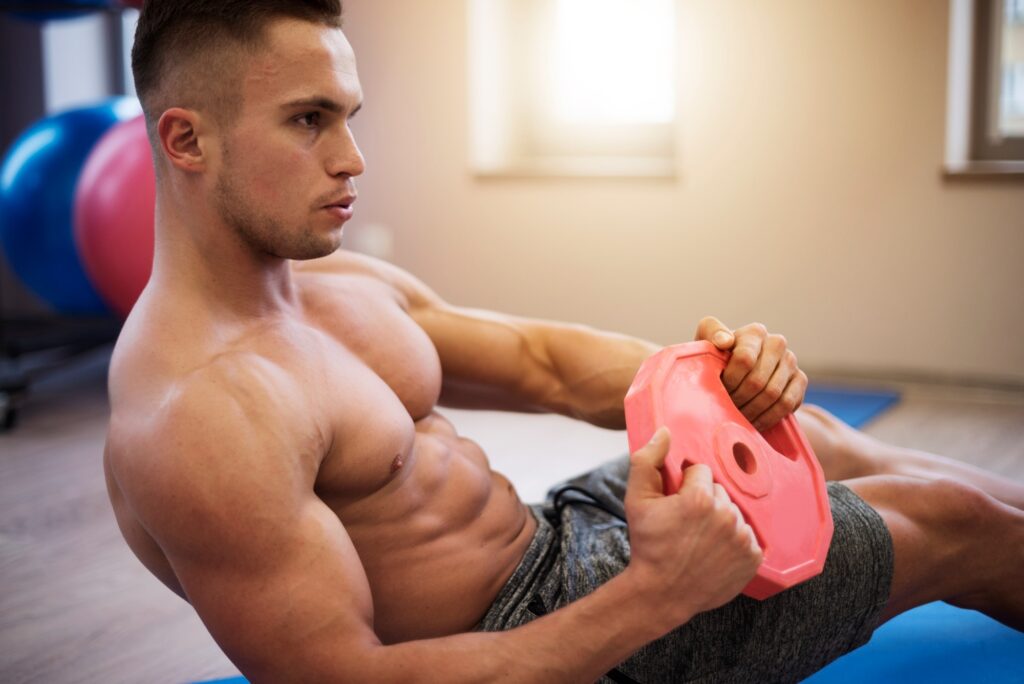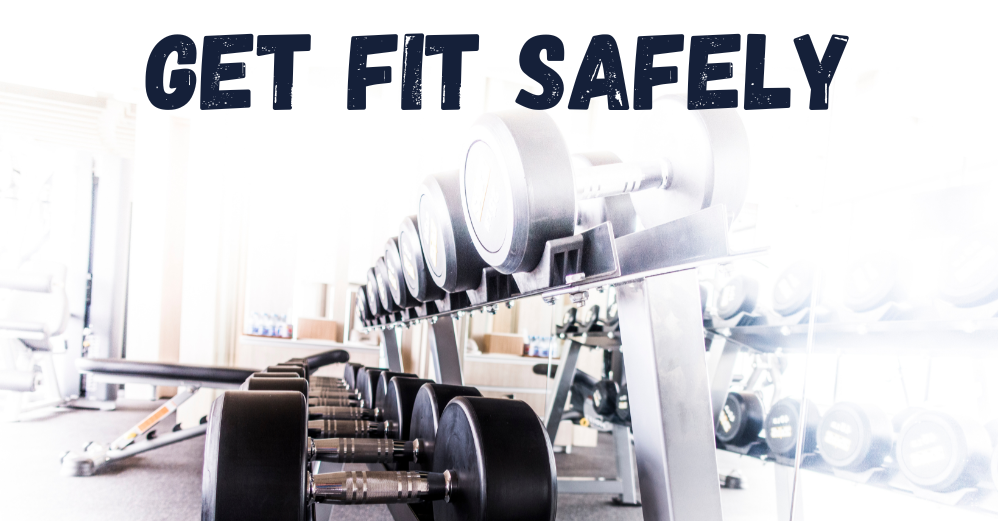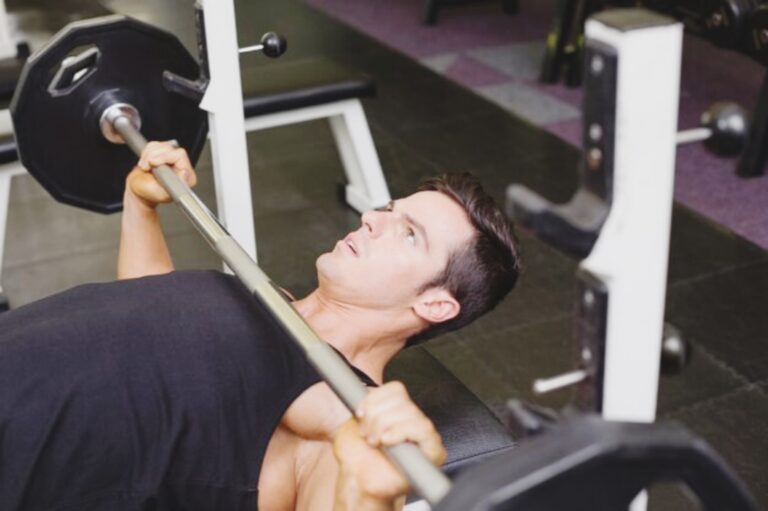Ever find yourself taking a little too long between sets?
Maybe you’re vibing to that playlist or scrolling through some funny memes.
I can’t lie, I’ve definitely fallen into that trap more times than I’d care to share.
But it got me thinking: Could all that downtime between sets be holding back our muscle gains?
Let’s break it down and see what’s really going on!
| Rest Between Sets Based on Your Goals | |
|---|---|
| Goal | Recommended Rest Between Sets |
| Maximizing Strength and Power | 2–5 minutes |
| Building Muscle Mass | 60–90 seconds |
| Improving Endurance | 30–60 seconds |
Understanding Muscle Growth: How and When Muscles Grow

When you’re pushing through that final rep, a lot is happening inside your muscles.
I used to think the magic happened while I was lifting, but the real work begins after the gym.
When we lift weights or do resistance training, we’re actually creating tiny micro-tears in our muscle fibers.
Sounds intense, right?
But don’t worry, it’s totally normal—and it’s exactly what we want.
Those tiny tears are like your muscles saying, “Time to get stronger!”
During rest—whether you’re relaxing or catching some sleep—your body is hard at work repairing those micro-tears.
It fuses muscle fibers together to form new muscle protein strands, or myofibrils.
Over time, these strands get thicker and increase in number, which leads to muscle growth.
This whole process is called hypertrophy.
When I first learned this, it completely changed how I looked at training.
I always thought muscle growth happened in the gym, but it turns out recovery is where the real progress happens.
That’s why rest and good nutrition are just as important as the time spent lifting.
Speaking of nutrition, fueling your body properly is key.
Protein, for instance, provides the building blocks (amino acids) our muscles need to repair and grow.
Think of it like supplying bricks to a construction site.
No bricks, no building!
And let’s not forget about sleep.
I’ll admit, I’m guilty of skimping on sleep sometimes.
But getting enough shut-eye is crucial because that’s when growth hormones kick into high gear, aiding in muscle repair and growth.
Understanding the Science Behind Rest
So, what’s actually happening in our bodies during those rest periods?
When you lift weights, your muscles use up energy stores called ATP.
Short rest periods don’t fully replenish these stores, which can lead to greater muscle fatigue.
But guess what?
That fatigue can actually promote muscle growth by triggering hypertrophy.
On the flip side, super long rests allow full recovery, which is great for lifting maximum weight but might not be ideal for building size.
Science suggests that moderate rest intervals keep the muscle under tension, which is key for gains.
The Lowdown on Rest Periods
Resting between sets isn’t just an excuse to catch your breath.
It’s essential for muscle recovery and performance.
But there’s a fine line.
Too little rest, and you’re running on empty.
Too much, and your muscles might start thinking it’s nap time.
We’ve all been there—either rushing through sets like we’re in a race or taking leisurely breaks that make a snail look speedy.
Finding that sweet spot in rest periods is crucial.
Typically, resting for about 60 to 90 seconds keeps your muscles engaged and ready to tackle the next set.
It maintains your heart rate and keeps the momentum going.
Letting rest periods drag on can cool down your muscles and disrupt the flow of your workout.
Consistency is key, and that includes how you manage your rest.
So next time you’re tempted to scroll through your entire feed between sets, remember that those extra minutes might be slowing down your progress.
Adjusting Rest Times and Training for Beginners and Advanced Lifters

So, do rest times—and other training elements—change depending on your experience level?
Absolutely!
For Beginners:
Rest Times Between Sets and Exercises:
Longer rest periods, around 90 seconds to 2 minutes between sets and exercises, can be beneficial.
This extra time helps you recover physically and mentally, ensuring you maintain proper form and reduce the risk of injury.
Training Volume and Intensity:
Starting with fewer sets and lighter weights allows you to focus on learning proper technique.
It’s not about lifting the heaviest weights right off the bat but about building a solid foundation.
Exercise Selection:
Emphasis on basic movements like squats, bench presses, and deadlifts helps in developing overall strength and coordination.
When I first hit the gym, I took my time between everything—sets, exercises, you name it.
Honestly, I needed those extra moments to catch my breath and figure out what on earth I was doing!
And that’s perfectly okay.
The focus should be on learning and listening to your body.
For Advanced Lifters:
Rest Times Between Sets and Exercises:
Once you’re more experienced, you can start tightening up those rest periods to around 30–60 seconds.
I remember when I started shortening my breaks—it felt like I was keeping the fire alive.
Keeping rest times short helps maintain intensity and keeps your heart rate up, making for a more challenging workout.
Training Volume and Intensity:
Now that you’ve got the fundamentals down, it’s time to step things up.
Heavier weights, more sets, and increased intensity—this is where you start pushing your limits.
For me, I saw the biggest changes when I increased my volume and focused on progressive overload.
It’s the secret to smashing through plateaus.
Exercise Selection:
At this point, I started adding advanced techniques like supersets, drop sets, and compound exercises to shake things up.
These methods kept my workouts engaging and helped target different muscle groups more effectively.
In this phase, finding the right balance between intensity and recovery is key to making progress.
Tips to Stay on Track
To avoid the rest-time black hole, I set a timer.
It keeps me focused and on track.
Never again will I have to guess or let minutes slip away while I catch up on messages.
The clock keeps me on my toes and turns each rest period into a mini countdown.
It’s like having a personal coach nudging me to get back to it.
Plus, it keeps my heart rate up and my muscles warm.
No awkward starts after a long break—just consistent, effective training.
How Long Should a Workout Last
Speaking of rest times, you might be wondering how long your entire workout should be.
From my experience and chats with fellow gym enthusiasts, a solid workout typically lasts anywhere from 45 minutes to an hour and a half.
But let’s break it down.
If you’re keeping your rest periods tight and your exercises efficient, you can get a killer session in under an hour.
This time frame keeps your intensity high and your focus sharp.
Workouts that drag on for two hours or more can lead to diminishing returns.
Your energy levels dip, and it’s tougher to maintain peak performance.
Plus, who has that kind of time these days?
Of course, it all depends on your goals and schedule.
Some days you might squeeze in a quick 30-minute session, while other days you might go longer.
The key is quality over quantity.
Make every minute count, and you’ll see the results.
Conclusion
So, does taking too long to rest between sets stall muscle gains?
From everything I’ve seen—and trust me, I’ve seen a lot—prolonged rest can throw a real wrench in your progress.
Keeping rest periods tight keeps your muscles fired up and your head in the game.
Momentum is everything in these moments.
When we let those rest times stretch out, we risk cooling down, losing focus, and letting that hard-earned pump fade away.
Remember, we’re not just passing time at the gym; we’re here to push limits and hit new personal bests.
So let’s stay active, keep those rest periods in check, and make every workout count.
Now, enough reading—let’s get back to crushing those sets!





